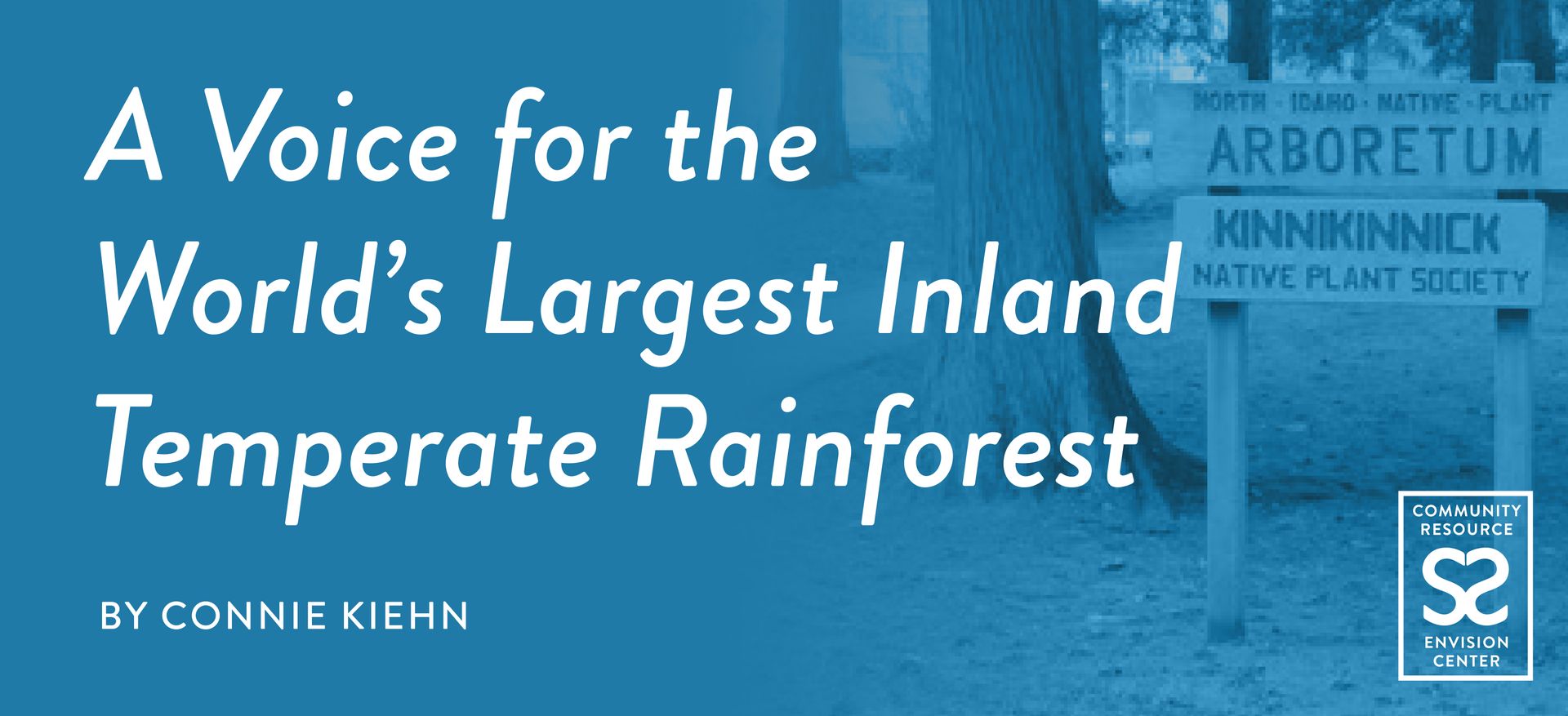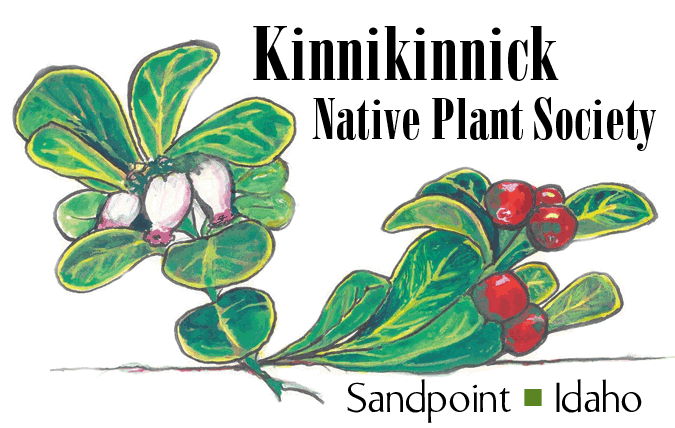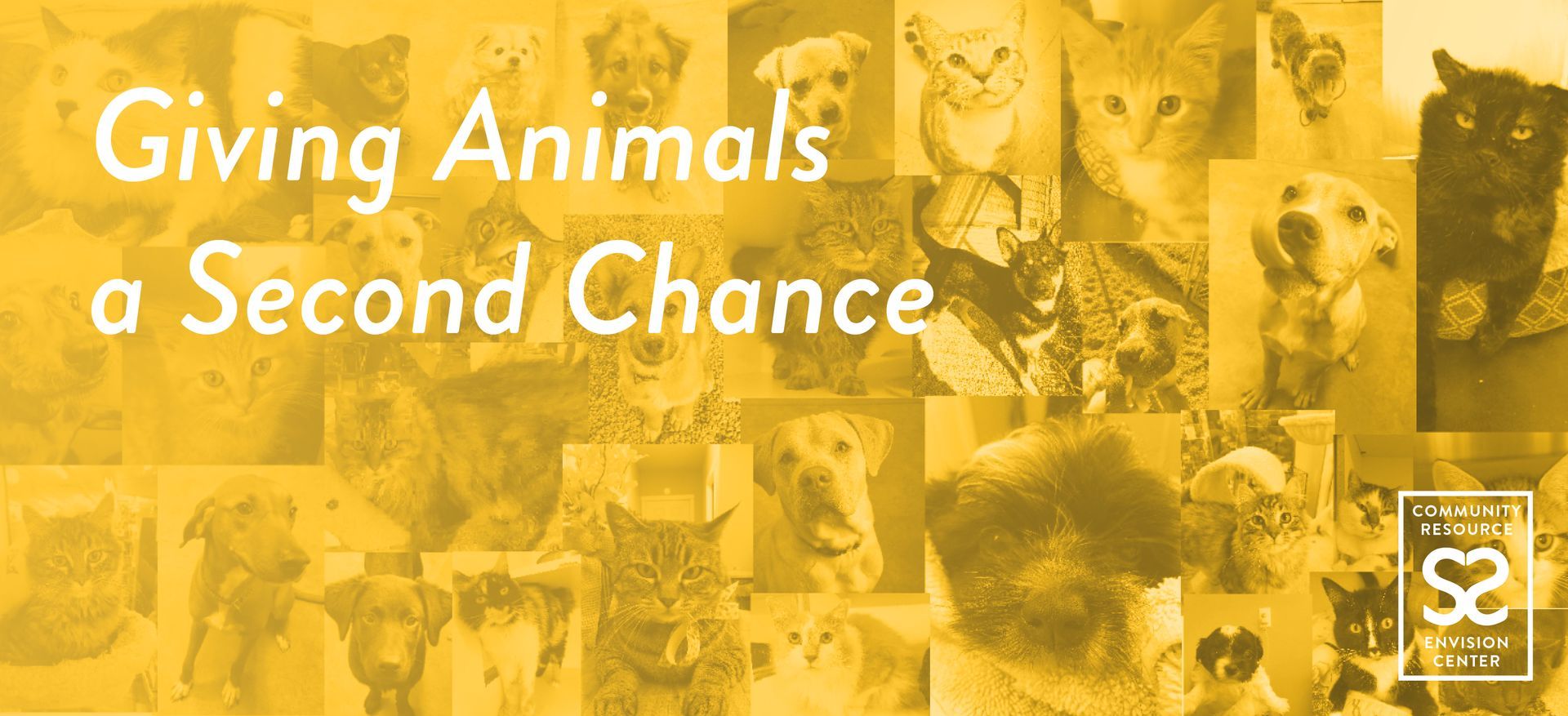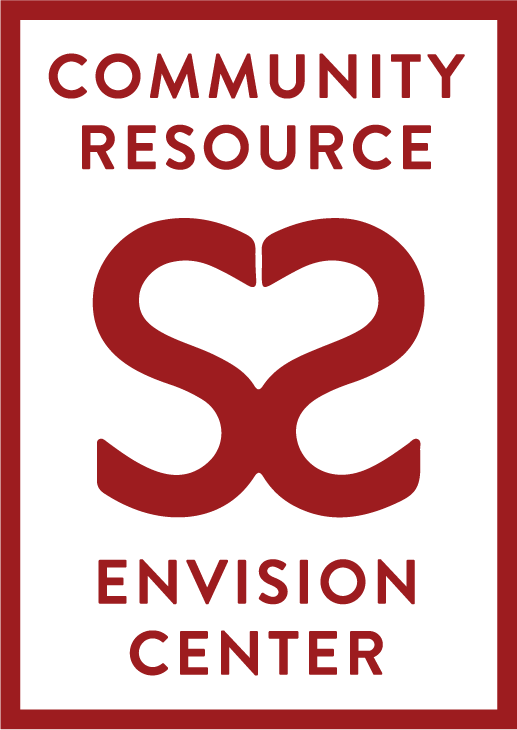
Nearly everyone agrees that Northern Idaho is one of the most beautiful places to live. While there may be places that match its beauty, few surpass it. Part of this beauty lies in the mountains, part in the lakes and rivers, but the backbone of our natural landscape is the foliage, specifically the native flora.
Kinnikinnick Native Plant Society (KNPS) advocates for these plants.
Planting Roots
Formally founded in 1998, KNPS continues to uphold its founding mission since its inception: to cultivate appreciation and understanding of native flora and habitats in North Idaho's panhandle area. The organization advocates for conserving this natural heritage, promotes the responsible use of native plants in landscaping and restoration efforts, and educates both youth and the public on the significance of native flora and their habitats.
Executing this mission involves a comprehensive strategy. The Kinnikinnick Native Plant Society engages in conservation efforts, youth education, landscaping, native plant sales, community programming, and annual small grant awards. Central to these initiatives is their arboretum, which serves as a focal point integrating all these facets. Plans are currently underway to further enhance its influence.
Patty Ericsson, KNPS historian, Board member, and chair of the Lois Wythe Grant, likened the importance of valuing native plants to cultivating healthy eating habits. She remarked, “It's akin to nutrition—we often know what's beneficial, yet don't consistently prioritize it.”
Blooming Interest
While integrating native plants into personal gardens and landscaping may seem intuitive, it hasn't always been considered a pursuit deserving significant time and effort. However, the KNPS has recently seen a surge in interest and engagement. This year, their native plant sale sold out within just one hour, highlighting the increasing enthusiasm for their cause. Native plants are important because they support native wildlife, from birds to bees. Moreover, on a practical level, native plants make sense—they generally require less water than non-native plants, which benefits the environment and your wallet.
“Sandpoint is in the largest inland temperate rainforest in the world. People don’t realize this, but when they’re told, they’re blown away," Patty explained.
The educational programs organized by the KNPS extend beyond local elders showcasing pictures of native plants and advocating for their cultivation. While their self-published book, Landscaping with Native Plants in the Idaho Panhandle, is a valuable resource found in local bookstores, KNPS offers diverse programming that spans a wide range of topics and presentation styles. Their offerings include panels, butterfly classes, foraging instruction, local partnerships, and even cookies, ensuring a rich and engaging experience for participants. They host a monthly program at the library that typically draws 30 or 40 attendees. Most recently, they featured Austin Terrell, the Terrestrial Species Project Manager for the Idaho Governor’s Office of Species Conservation.
One of KNPS's noteworthy initiatives is their native plant-focused landscape advising service. Led by a committee, they conduct four home site visits annually. The cost to the site owner is lunch for the advisors. Recently, the Chamber of Commerce sought KNPS's expertise to guide the reorientation of public property foliage toward native plants, highlighting their expanding influence beyond individual homes.
rooting for support
Despite boasting a membership of about 160 people, KNPS still has ongoing needs. They continuously seek more volunteers to help manage the arboretum. Additionally, KNPS is receiving increasing requests for education programs in schools. The KNPS conservation committee can always use more volunteers. The committee advocates for conservation of native plants and their habits, such as recent efforts to protect the threatened whitebark pine in its dwindling high-elevation habitats. Whether you're interested in learning about native plants, exploring the arboretum, or getting hands-on with conservation efforts, there are numerous opportunities to get involved with KNPS.
When asked if her own garden consists entirely of native plants, Patty smiled. "We have tall native plants, small native plants... about 75% of our garden is native. As long as you avoid invasive plants or those harmful to bees, you're ok."
Learn more about the Kinnikinnick Native Plant Society at nativeplantsociety.org.


- https://www.nativeplantsociety.org/
- chrome-extension://efaidnbmnnnibpcajpcglclefindmkaj/https://static1.squarespace.com/static/61f1bd75062cff2f00133bbc/t/6657a61c6e419344766d7b0c/1717020192190/KNPSMasterPlan_Final.pdf
- https://www.nativeplantsociety.org/lois-wythe-grant
- https://www.nativeplantsociety.org/landscaping-native-plants-book











